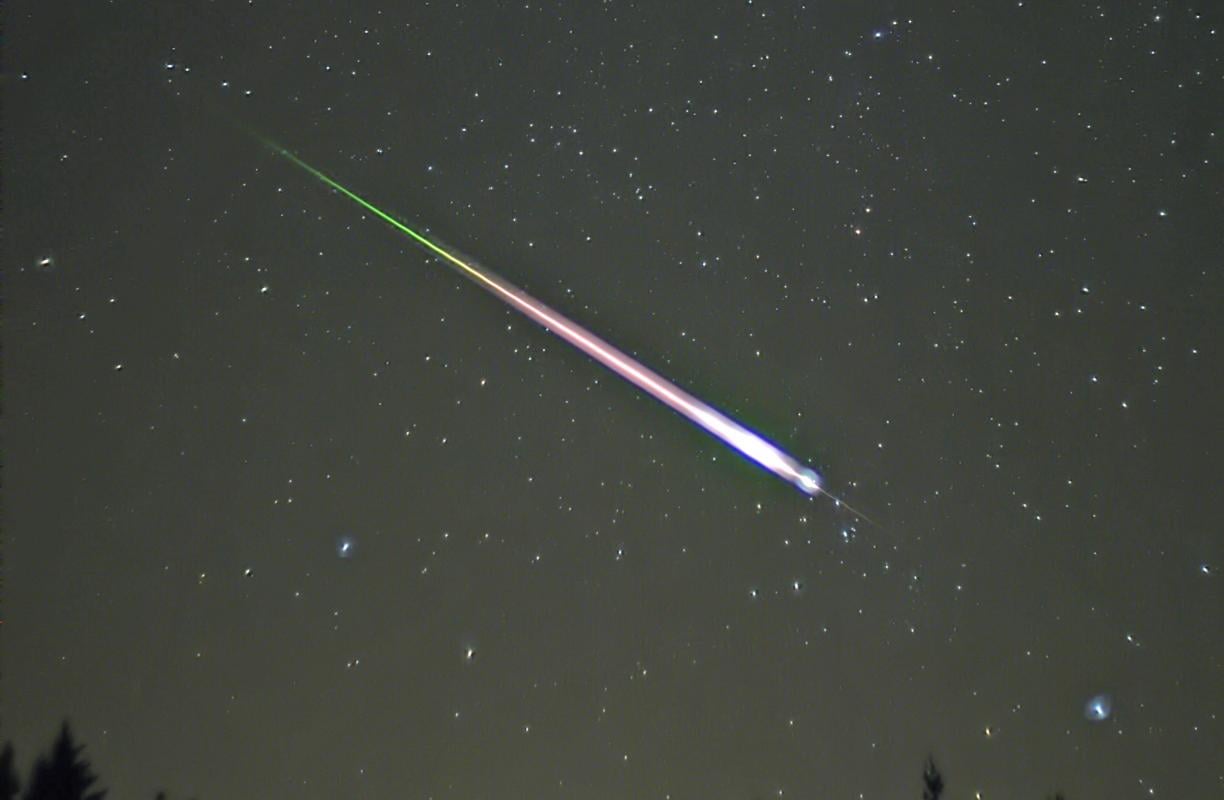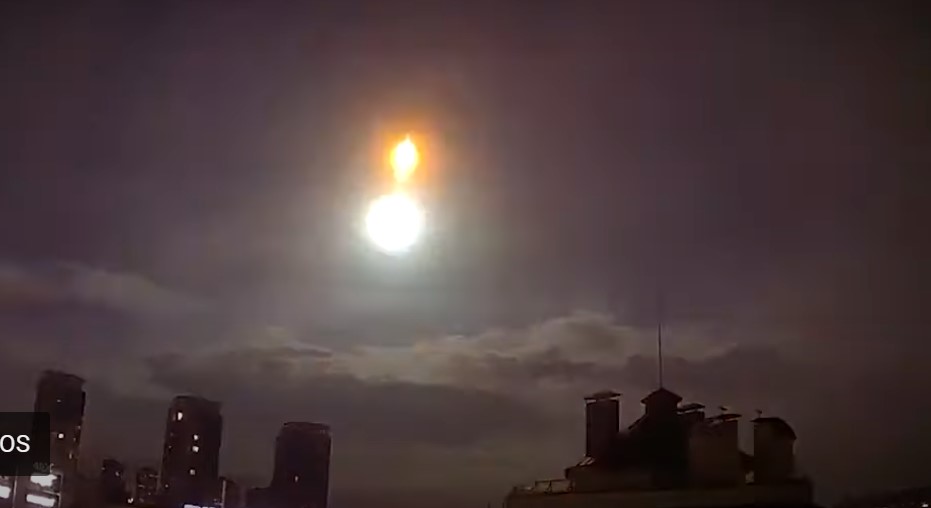For centuries, some observers have claimed that shooting stars or meteors make mterious noises as they arc through the night sky.
Scientists have submitted a theory to explain how eyes and ears perceive a meteor at nearly the same time. The hypothesis might also explain how auroras produce sound.
Meteors release huge amounts of energy as they disintegrate in the atmosphere. They also produce low frequency radio waves that travel at the speed of light. Some scientists have suggested that those radio waves produce the sometimes terrifying loud rumbling noises that accompanies disintegrating meteors.
How do meteors produce low-frequency radio waves in the first place?
Scientists at Cornell University have developed a model to answer that question. As a meteor streaks through Earth’s atmosphere, it ionizes the air around it, splitting it into heavy, positively charged ions and lighter, negatively charged electrons. The ions follow the meteor, whereas the electrons are deflected by Earth’s magnetic field. That separation of positive and negative charges in the meteor’s wake produces a large electric field that drives an electrical current. And it’s that current that launches the radio waves. The size of the meteor and its speed through the atmosphere would control the frequency of the radio waves.

Another hypothesis
Earlier this year, another research team presented a different hypothesis to explain how meteors make sound. That team proposed that visible light from a meteor heats up materials such as hair and glasses, which then vibrate and produce sound waves. In this case, only meteors as bright as the full moon could emit enough light to produce such sound waves. But according to the new theory, all meteors generate radio waves that can produce sound, some of which our ears are capable of picking up.
Clapping aurora sounds
Price and Kelley suggest that their model might also explain reports of “clapping” sounds accompanying auroras. Auroras also create radio waves that can easily reach the ground.
This new hypothesis on the origin of meteor noises isvery plausible. But it’s truly difficult to simulate what’s going on 100 kilometers up in Earth’s atmosphere as tiny particles of dust whiz by at 50 or more kilometers per second.











